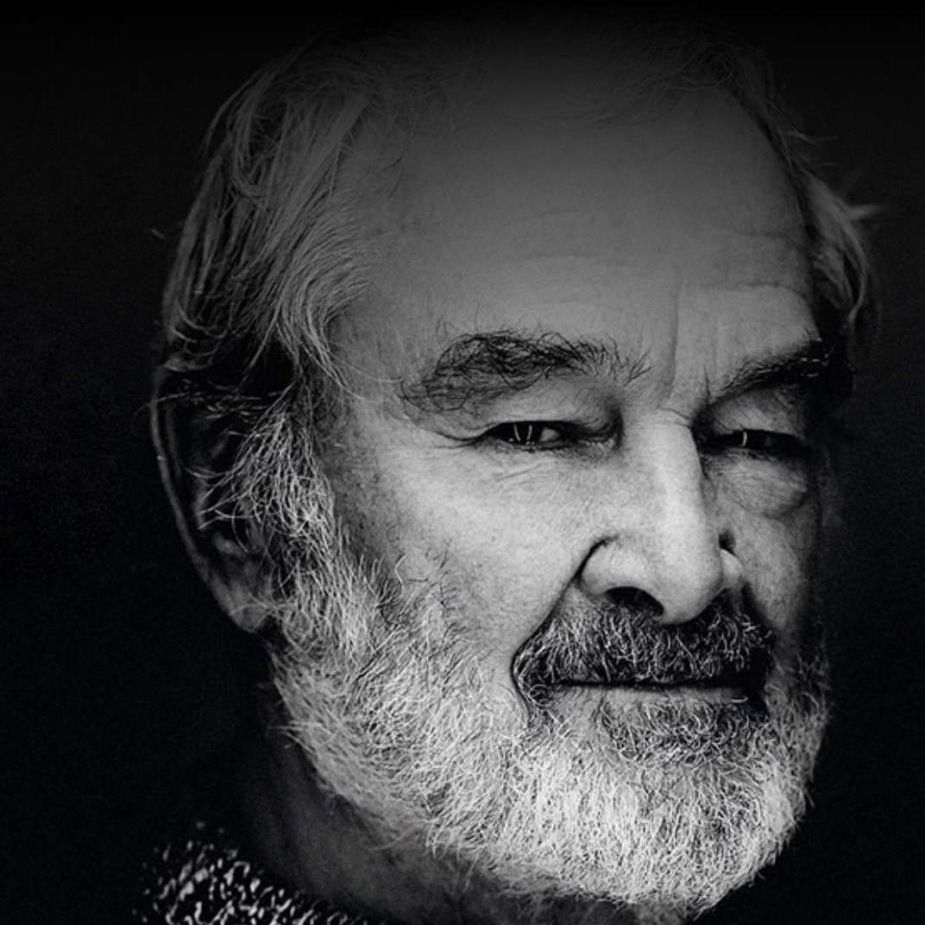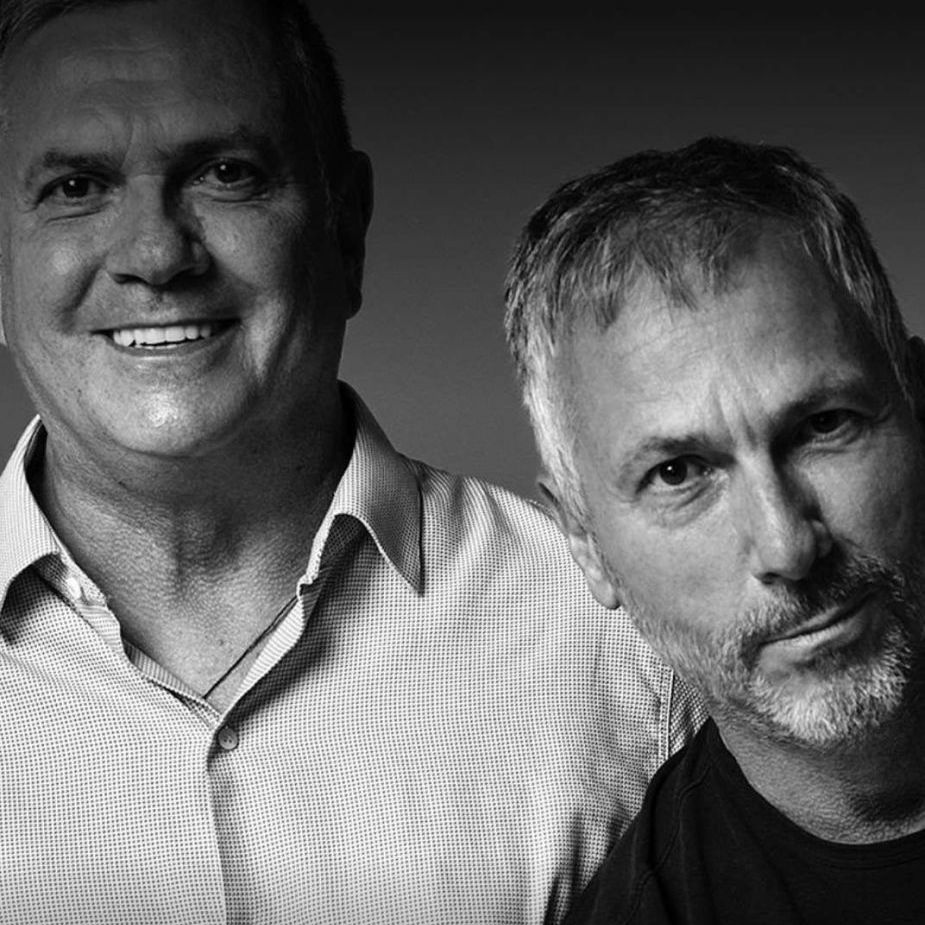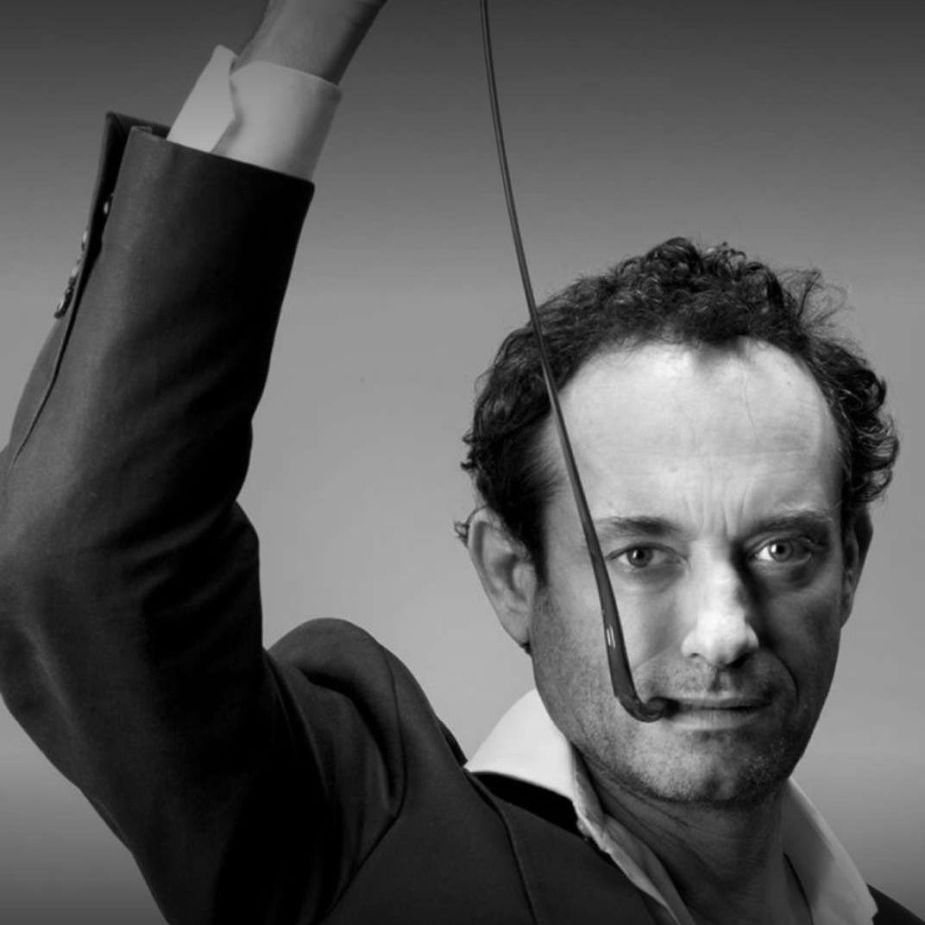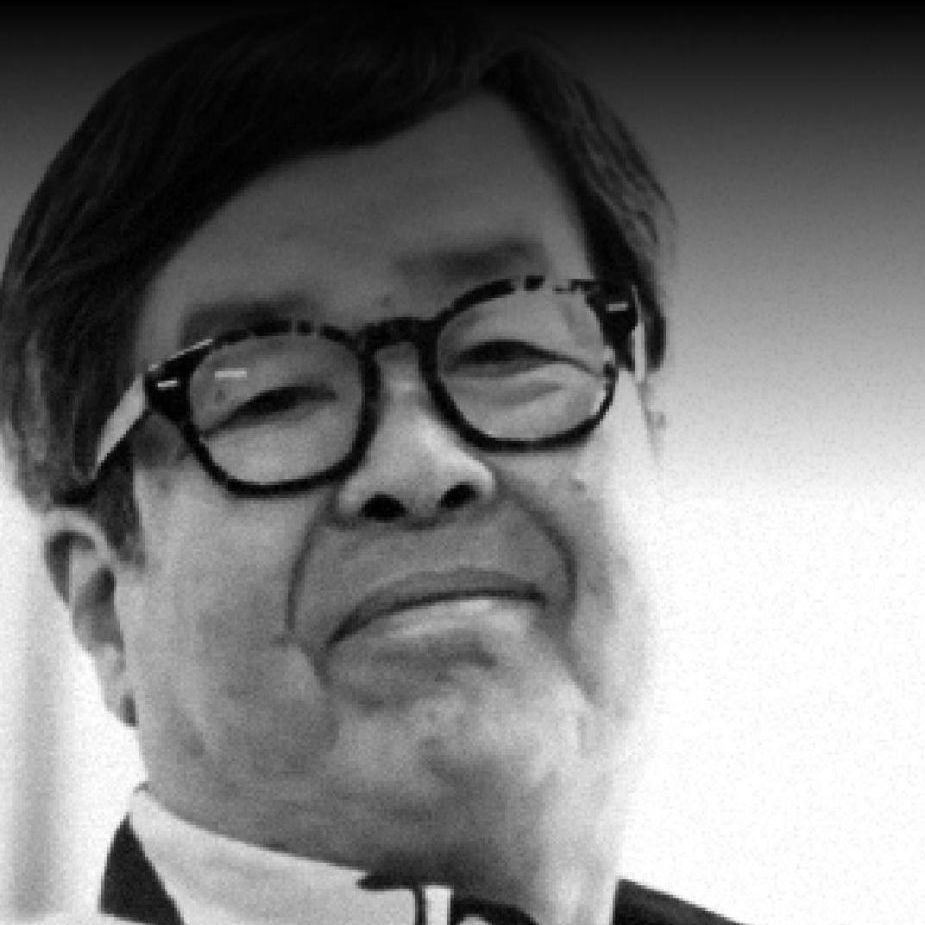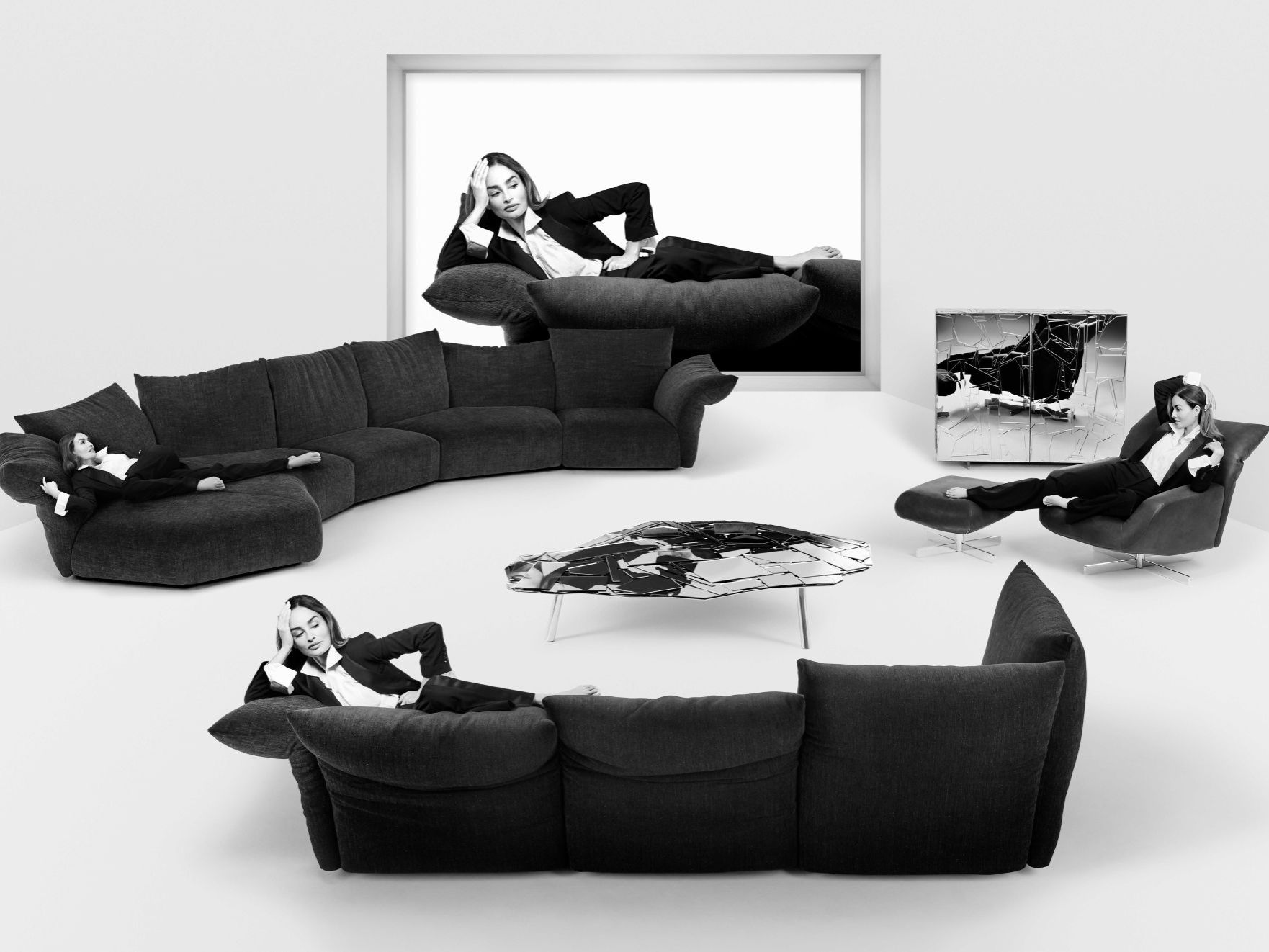
января 2024
Laura Arrighi
Наши авторы
В Edra мы не используем слово «дизайнер», мы предпочитаем говорить «автор». Как писал Бруно Мунари в 1972 году, наши продукты — это просто «объекты, которые отвечают потребностям в функциональности и регулярно совершенствуются на основе используемых материалов и технологий. Это предметы повседневного обихода для дома или работы, и люди покупают их, не потому что следуют трендам или их заботит статусность, но потому что они хорошо спроектированы. И не важно, кто их разработал». Наши творения связаны с именами, хорошо известными в мире дизайна. Но не для нас важен не только их фирменный стиль, сколько та роль, которую они сыграли как мыслители, в процессе, который привел к рождению вневременных предметов. Используя свою интуицию, идеи, мечты. Именно поэтому мы называем их авторами. Мы ничего не имеем против слова «дизайн». Именно об этом цитата Мунари выше, которая лучшим образом описывает смысл нашей работы. Но у нас есть сомнения в том, как его использование менялось с течением времени. Понятие «дизайн» было искажено. Английская интерпретация слова более точна, потому что означает «план» или «чертеж». В итальянском же “дизайн” обычно ассоциируется с современным, ультрамодным стилем, авторскими или модными вещами, декораторством. Во многих случаях его ошибочно используют для обозначения высокого качества или изысканной эстетики. Более того, «дизайн» часто упоминается в контексте создания реплик существующих предметов, где нет места инновациям, экспериментам, улучшениям, новым историям и смыслам, а только лишь новые интригующие цвета и рисунки.
Мне не нравится слово «арт-директор», Этторе Соттсасс называл себя «главным садовником». Вот как я себя ощущаю: я тот, кто заботится о семенах и заставляет их расти. Наша история складывается из культивированного человеческого опыта и отношений с «дизайнерами», которые, безусловно, имеют профессиональную природу, но в своей основе это отношения людей.
Массимо Мороцци
Наши авторы не просто показывают нам рисунок, они рассказывают об идее, мечте. Их подход ближе к искусству, чем к дизайну. Вместе мы пытаемся найти лучшее решение, сделать шаг вперед, создать «что-то еще», что-то отличное от предмета, каким мы его знаем: диван, стул, кресло… Все это достигается благодаря опыту, мыслительному импульсу автора и общему историческому контексту. Нас интересует не столько дизайн, сколько возможности строить отношения с людьми, которые дает эта работа. Этот опыт превращается в вещи, подобно съемке фильма. За любым проектом стоит жизненный опыт. И такой опыт превращается в предметы мебели”.
Франческо Бинфаре добавляет: «Меня интересуют люди и то, что у них на уме. Для меня вещи — это мешки с содержимым и сообщениями. Дизайнеры сами ничего не делают, как и арт-директоры, и бизнесмены. Мы пришли из мира, в котором были Бастер Китон и Чарли Чаплин, великие актеры, в котором все держится на одном человеке. По сути, мы попали в мир, где есть Феллини, Мастроянни и Де Лаурентис. В нем участвуют все трое, и в этом сотрудничестве дизайнеры создали из своих историй диван».
Francesco Binfaré
Francesco has built firm and deep relations with Edra over the years, is an intellectual, a philosopher, an artist. He was born and lives in Milan, and he learnt drawing and painting from his father. In 1960, he met Cesare Cassina, the first who gave him a chance to practice his art in an industrial environment. From 1969 to 1976, he directed Centro Cesare Cassina, sponsored by Cassina and C&B Italia (now known as B&B Italia). Then, he established Centro Design e Comunicazione, committed to supporting research and design projects. In 1992, he was called by Massimo Morozzi to design for Edra. That meeting marked the start of a new, unique, fascinating season, when he invented great sofas, such as l’Homme et la Femme, Flap, On the Rocks, Sofà, Sherazade, Sfatto, Standard, Absolu, Essential, Pack, Grande Soffice and Chiara armchair, projects in which he summed up, in form and concept, semantic accuracy, the pleasure of performance, an interactive intent, a curiosity for and an interest in the human body, and the very peak of comfort, in an essential, communicative and timeless language.
Fernando e Humberto Campana
Experimental artists. They were born in Brotas, Brazil. They founded the Estudio Campana in 1983, known for its relentless search for innovative interior design. They embraced evolution and reinvention and managed to elevate the humble things, everyday items and ordinary materials. It was with the Vermelha armchair, presented in 1998, that they sealed up their first partnership with Edra. In the same year, the MoMa of New York dedicates them an exhibition curated by Paola Antonelli entitled Project 66: Campana/ Ingo Maurer.Together with the company, among others, they designed Boa and Cipria sofas, Corallo, Favela, and Grinza armchairs, Blue Velvet and Jenette chairs, the Campana Beds Collection, Brasilia tables, Campana lamps, Cabana and Scrigno cabinets. In collaboration with Edra, they also projected Le Café Campana inside the Musée d’Orsay in Paris.
Jacopo Foggini
Born in Turin but Milanese by choice. An explorer who travels through art and design. While working in the family businesses, he discovered the versatile nature of polycarbonate, an ordinary material that is generally used to make car reflectors. Fascinated by the aesthetic and chromatic qualities of such material, in the early ‘90s he started to experiment with it, to create works of art. After his debut in 1997, with an installation in the space of Romeo Gigli he opens his own personal gallery in Milan. Edra since 2009, the year his Capriccio table was launched, he has designed objects, unique pieces of great expressiveness and personality, such as the Gina, Gilda B. and Ella chairs, the Margherita , Alice and Ester armchairs or the Egeo and Cicladi tables.The special project Nel Blu Dipinta di Blu chair set up the Musée d’Orsay restaurant in Paris.
Masanori Umeda
TThe one closest to the dimension of design but imbued with a deep-rooted poetics. He was born in Kanagawa, Japan. He graduated from Kuwasawa Design School in Tokyo in 1962, and in 1967 he moved to Milan to work in Achille and Piergiacomo Castiglioni’s studio. From 1970 to 1979, he was design consultant for Olivetti. In 1980, he went back to Japan and opened his own studio in Tokyo: U-Metadesign Inc. Among his most important works, the bed Tawaraya of 1981, designed for Memphis, a radical group born in Milan under the guidance of the designer Ettore Sottsass and of which Umeda was a member. In 1990, he made his debut with Edra in Brera, Milan, by launching the armchairs Getsuen and Rose Chair, with which he attempts to reconnect design and nature after a period of post-war global industrialization. He took part in several international exhibitions. Among his awards: the Braun Prize in Germany the Japanese Associated Commercial Designer’s Prize and the Great Prize for Glass Design.





